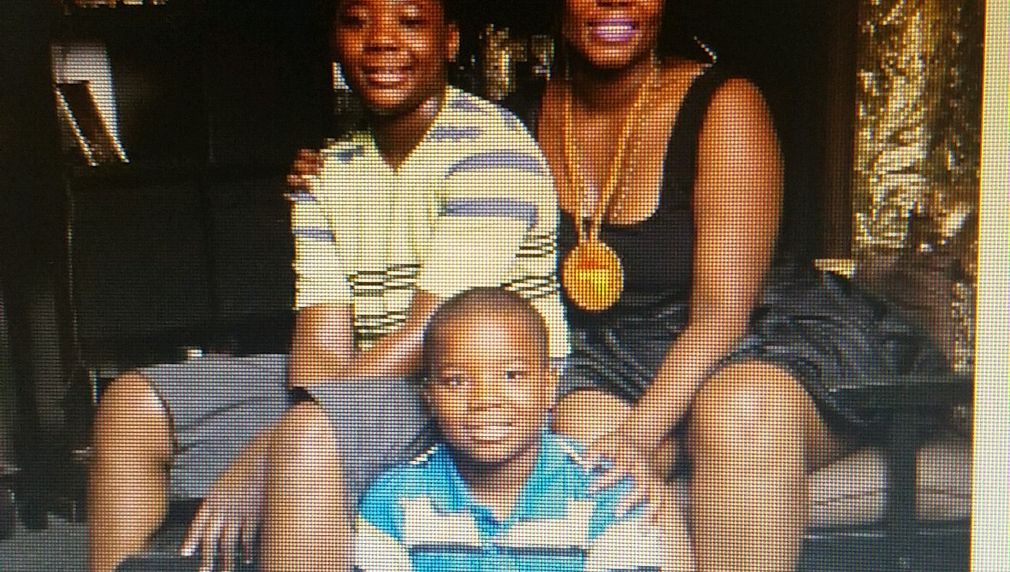Esperanza Community Housing Healthy Homes/Healthy Breathing Program
The Healthy Homes/Healthy Breathing Program provides asthma patients and their families with home-based environmental assessments, a culturally accessible asthma education program and environmental health interventions to self-manage symptoms and remediate in-home triggers that exacerbate asthma and other health conditions. LA2050 funding will help ensure that Esperanza’s life-saving services will address the health disparities in a region that has suffered from systemic disinvestment.

Briefly tell us a story that demonstrates how your organization turns inspiration into impact.
Since launching its Healthy Homes/Healthy Breathing Program in 2013, Esperanza has seen success on several levels: improving residents’ health; significantly reducing emergency room visits due to asthma; and increasing the residents’ knowledge about asthma triggers.
The experience of a single mother, Tammy (her name is changed), and her two sons provides compelling evidence of the impact of Esperanza’s program. Two years ago, a community organization referred Tammy to Esperanza because of her sons’ asthma.
When Esperanza’s Promotora de Salud (Community Health Promoters) visited Tammy’s home in South Los Angeles, she was struck by the strong scent of bleach. Tammy and her sons lived in an apartment that was infested with roaches and had a serious mold problem. In her effort to provide her sons with a clean environment, she vigorously cleaned the apartment with bleach daily.
Esperanza’s Promotora explained to Tammy that the bleach was a trigger for asthma and likely exacerbating the severity of her sons’ asthma. The Promotora gave Tammy a cleaning bucket” with containers of oxygen peroxide and baking soda, a spray bottle, cleaning rags, gloves and a mask. Along with a recipe to make a safe cleaning.
The Promotora explained to Tammy that people often believe the scent of bleach equates to a clean environment. The reality is that the scent of bleach often triggers asthma attacks. Unlike other programs, Healthy Homes/Healthy Breathing program not only educates people, but gives them the actual tools to implement immediate changes in their environment. In Tammy’s case, Esperanza also gave her with a vacuum with a HEPA filter vacuum. The combination eliminating bleach, using safer cleaning products and a vacuum had a dramatic impact on the health of Tammy’s sons.
Tammy wrote her Promotora, “Within a month, neither of her sons had a flair up of asthma! Now, more than a year later, my boys are healthy and are actively participating in football!”
Which of the LIVE metrics will your submission impact?
Exposure to air toxins
Number of households below the self-sufficiency standard
In which areas of Los Angeles will you be directly working?
South LA
How will your project make LA the best place to LIVE?
Recognized as a National Healthy Homes leader, Esperanza has provided a holistic home visitation model by our Promotores de Salud (Community Health Promoters) since 1998. Esperanza, in partnership with St. John’s Well Child and Family Center and Strategic Actions for a Just Economy (SAJE) addresses the housing conditions and environmental hazards created by lead that affect the health and well-being of residents in South Los Angeles.
With a realization that many of these residents also suffered from asthma, in 2013, Esperanza launched its Healthy Breathing Program to help control severe asthma and reduce emergency department utilization in South LA. Today, our Healthy Homes and Healthy Breathing Programs have merged to provide a stronger, comprehensive approach to assist families through home-based environmental assessments, a culturally accessible asthma education program, and environmental health interventions to improve housing conditions affecting their overall health.
Population Served: The community of South Los Angeles is one of the densest and most economically disenfranchised areas in Los Angeles County. The majority of households earn below the federal poverty level of $25,100 for a family of four. The region is primarily Latino/Hispanic (67%) and Black/African-American (31%). Slum housing South Los Angeles is a major factor contributing to serious health issues. Historical discrimination has forced many communities of color into highly congested areas with lower outdoor air quality. The Black community is the population with the highest prevalence of asthma and the highest number of deaths related to asthma. Missed school and work days because of asthma, as well as frequent emergency department visits generate emotional and financial stress for families.
Project Timeline: The Healthy Homes/Healthy Breathing Program serves a minimum of 175 individuals per year. Program staff meet with patients at least four times over a 12-month period to conduct assessment, education, intervention, and evaluation.
How the project will help to make LA the best place to LIVE: Supporting the ability to control indoor air quality is a way to empower families as they continue to advocate for their own health. Esperanza’s program is a proven approach to address the health disparities in a region that has suffered from persistent disinvestment. More than simple asthma education, Esperanza’s Healthy Homes/Healthy Breathing Program helps community members address this controllable chronic disease by improving indoor air quality. Esperanza’s Healthy Homes/Healthy Breathing Program will support families in creating sustainable changes to improve health outcomes by reducing environmental triggers by 75%; decreasing preventable emergency department use by both pediatric and adult patients with asthma by 65%, and decreasing missed school or work days by our participants by 50%.
In what stage of innovation is this project?
Expand existing program (expanding and continuing ongoing successful projects)
Please explain how you will define and measure success for your project.
Esperanza consistently monitors results for its Healthy Homes/Healthy Breathing Program. The Promotora completes a baseline survey after the initial home visit. After three months, results are tracked and recorded (via phone). The Promotora then follows up at six months with another home visit. All information collected is entered into a database, tracked and then analyzed.